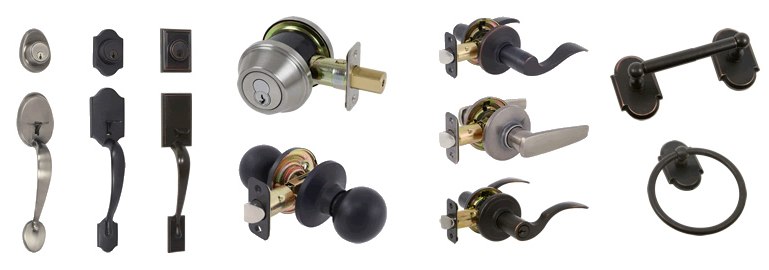Use these to “encode” memories better (and remember more)

“The existence of forgetting has never been proved: We only know that some things don’t come to mind when we want them.” ~Friedrich Nietzsche
Lately I have been reading books on how the mind works and more specifically: how we learn things, how we develop and encode memories and thoughts.
How would you like to put science on your side to either make YOU more memorable or to create a strategy to recall MORE information, MORE accurately?
Read on to learn how.
In a nutshell, the more elaborate we encode information at the moment of learning, the stronger the memory.
John Medina in his excellent book, “Brain rules” explains it like this:
“…there was shoe store I used to visit as a little boy. This shoe store had a door with 3 handles at different heights: one near the very top, one near the very bottom, and one in the middle. The logic was simple: The more handles on the door, the more access points were available for entrance, regardless of the strength or age of customer. ….”quality of encoding” really means the number of door handles one put on the entrance to a piece of information. The more handles one creates at the moment of learning, the more likely the information is to be accessed at a later date. The handles we add revolve around content, timing, and environment.”
So, how can you make people remember your message better? What can you do to recall information more accurately?
…by adding these ‘Handles’.
Handle #1: Powerful First Experience
One of the best ways to make someone remember you or your company is to have a powerful first impression.
We remember what we learned first the best (and last).
This isn’t a new concept, that’s for sure, but many ‘gurus’ have started to stress it as ‘less important’ and the fact is: this IS the memory that the person you are meeting is MOST likely to remember you by.
As I’m writing this, I am reminded of a memory that happened many years ago while living in Las Vegas.
We were all out celebrating a friend’s birthday party.
It was a mixed bunch of friends, they all knew my buddy, but we didn’t all know each other.
There was one guy there (his name slips my mind) who was a pilot in the navy.
He just flew in briefly to celebrate our buddy’s birthday and then he had to fly out to Korea for flight school because he was a real-life Top Gun pilot.
Here’s the kicker, he was 6′ 4″, tall dark and handsome (yes, secret man crush).
To top it all off, he did cage fighting for fun! I know it’s like a character out of action adventure.
That night we are all having a great time, partying hard (it was a long time ago :P) and suddenly some guy starting to bow-up to our birthday boy (who was the smallest, frailest guy out of the group.)
Apparently, the guy starting the fight didn’t see our birthday boy’s crew because within moments there were 10 of us there standing behind him, and NOT one of us was under 6′ 2″!!!
I can remember seeing Top-Gun-fly-boy saying, “I’m ready to do this” as he put in his pink mouth-guard!!!
That’s right, he brought his mouth-guard with him out to the club!!
In that very moment, I leaned into my other friend and said, “this is the guy we tell girls we are…!!”
I can’t remember his name, but boy do I ever remember his first impression all these years later!!
First impressions do count.
For this very reason, when it comes to presenting information, Roberto and I tout that the opening is one of the most important parts of a presentation.
Handle #2: Intensity and Emotion
The second way to make yourself (or your message) more memorable, is by making the experience either intense or emotion laden.
And one of the fastest ways for you to make any interaction emotional is by using stories. Become a master story teller and you will command people’s attention.
Handle #3: Add Meaning:
- The more something means to us the more likely we will retain it.
- In your presentation, use people’s first names
- In your emails or marketing personalize it as much as you can
- When speaking to children, use the words: “What that could mean to you is…..”, then follow up a question to them asking, “What does that mean to you?”
- use examples
Handle #4: Make it more complex??
Yep, according to Medina, “It’s a fact: More complexity means greater learning”
Handle #5: Similar settings
Try to make the encoding and retrieval environments similar as possible. For example, if you have to perform a feat, or recall information in a particular environment, then do your best to learn that information in that setting. This is the primary reason, the navy seals (and all military branches), perform their trainings in the most realistic settings as possible.
For example, if you are a bilingual family and you are having trouble with your child learning both languages, here is what you can do: Create a separate room that is decorated differently than the rest of the house-hang art that reflects the language of origin, put up pictures from that country- and create one simple rule: in this room, you are only allowed to speak the second language.
These influence ‘handles’ are very easy to start using TODAY. Incorporate them into your daily communications. Incorporate them into your repertoire and watch as you begin to increase your effectiveness, power and influence
Loving, Living, Giving Large:
Jeff
PS: want to work with me personally? Let me show you how to grow your business using 1 to many communications (presentations, Video Marketing, Webinars)

